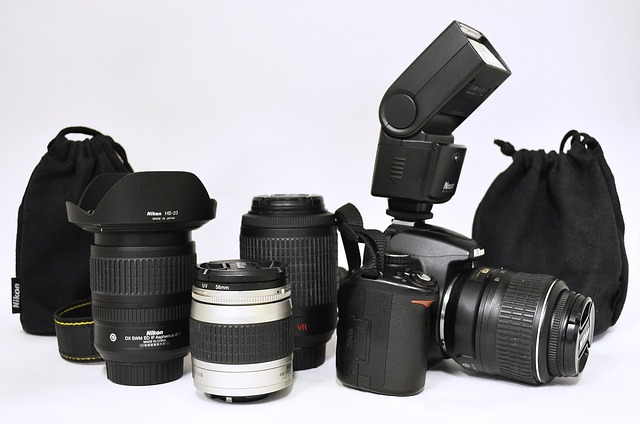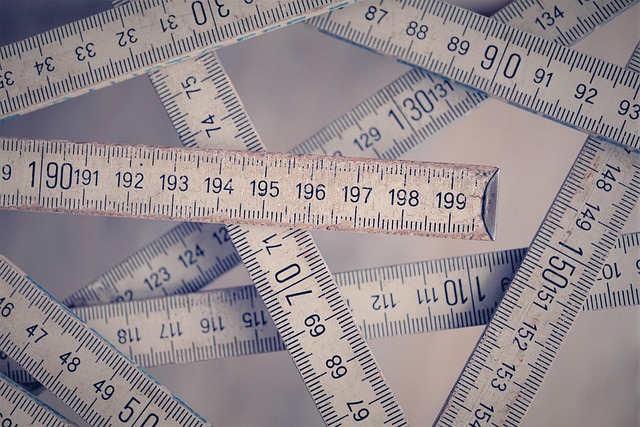
Lens Types
Introduction to Lens Types
In the realm of photography, understanding the various types of camera lenses is crucial for both amateur and professional photographers. Lenses are essential components that significantly influence the quality and style of photographs. This article aims to provide a comprehensive overview of the different types of lenses available, their characteristics, and their applications in photography.
Types of Camera Lenses
Camera lenses can be broadly categorized into two main types: prime lenses and zoom lenses. Each type has its unique advantages and is suited for different photographic needs.
Prime Lenses
Prime lenses are characterized by a fixed focal length, meaning they do not zoom in or out. This specialization allows them to excel in specific types of photography.
- Image Quality: Prime lenses typically offer superior image quality compared to zoom lenses. They are designed to perform exceptionally well at their designated focal length, resulting in sharper images with less distortion.
- Wider Apertures: Many prime lenses feature wider maximum apertures, allowing for better low-light performance and the ability to create a shallow depth of field. This is particularly advantageous for portrait photography, where background blur is often desired.
- Lightweight and Compact: Due to their simpler construction, prime lenses are often lighter and more compact than zoom lenses, making them easier to carry and handle.
However, the limitation of a prime lens is its fixed focal length, which requires photographers to physically move closer or farther away from their subjects to achieve the desired composition.
Zoom Lenses
Zoom lenses, in contrast, offer a range of focal lengths within a single lens. This versatility makes them a popular choice for many photographers.
- Versatility: Zoom lenses are ideal for situations where subjects are at varying distances. They allow photographers to quickly adjust their framing without changing lenses, making them suitable for events, wildlife, and travel photography.
- Convenience: Carrying multiple prime lenses can be cumbersome. A zoom lens reduces the need to switch lenses frequently, which can be particularly beneficial in dynamic shooting environments.
- Cost-Effectiveness: For those starting in photography, a quality zoom lens can often replace several prime lenses, providing a broader range of photographic options at a lower overall cost.
Despite their advantages, zoom lenses may not achieve the same level of image quality as prime lenses, particularly at the extremes of their focal range.
Understanding Sensor Size
When selecting a lens, it is also essential to consider the sensor size of the camera body. Full-frame lenses can be used on crop sensor cameras, but the reverse is not true. A lens designed specifically for a crop sensor will not provide the same field of view when mounted on a full-frame camera.
Conclusion
Choosing the right lens is a fundamental aspect of photography that can greatly influence the outcome of images. Understanding the differences between prime and zoom lenses, as well as the implications of sensor size, can aid photographers in making informed decisions that align with their creative vision and practical needs.

















 Smoking Barrels
Smoking Barrels 
 Health
Health  Fitness
Fitness  Lifestyle
Lifestyle  Tech
Tech  Travel
Travel  Food
Food  Education
Education  Parenting
Parenting  Career & Work
Career & Work  Hobbies
Hobbies  Wellness
Wellness  Beauty
Beauty  Cars
Cars  Art
Art  Science
Science  Culture
Culture  Books
Books  Music
Music  Movies
Movies  Gaming
Gaming  Sports
Sports  Nature
Nature  Home & Garden
Home & Garden  Business & Finance
Business & Finance  Relationships
Relationships  Pets
Pets  Shopping
Shopping  Mindset & Inspiration
Mindset & Inspiration  Environment
Environment  Gadgets
Gadgets  Politics
Politics 